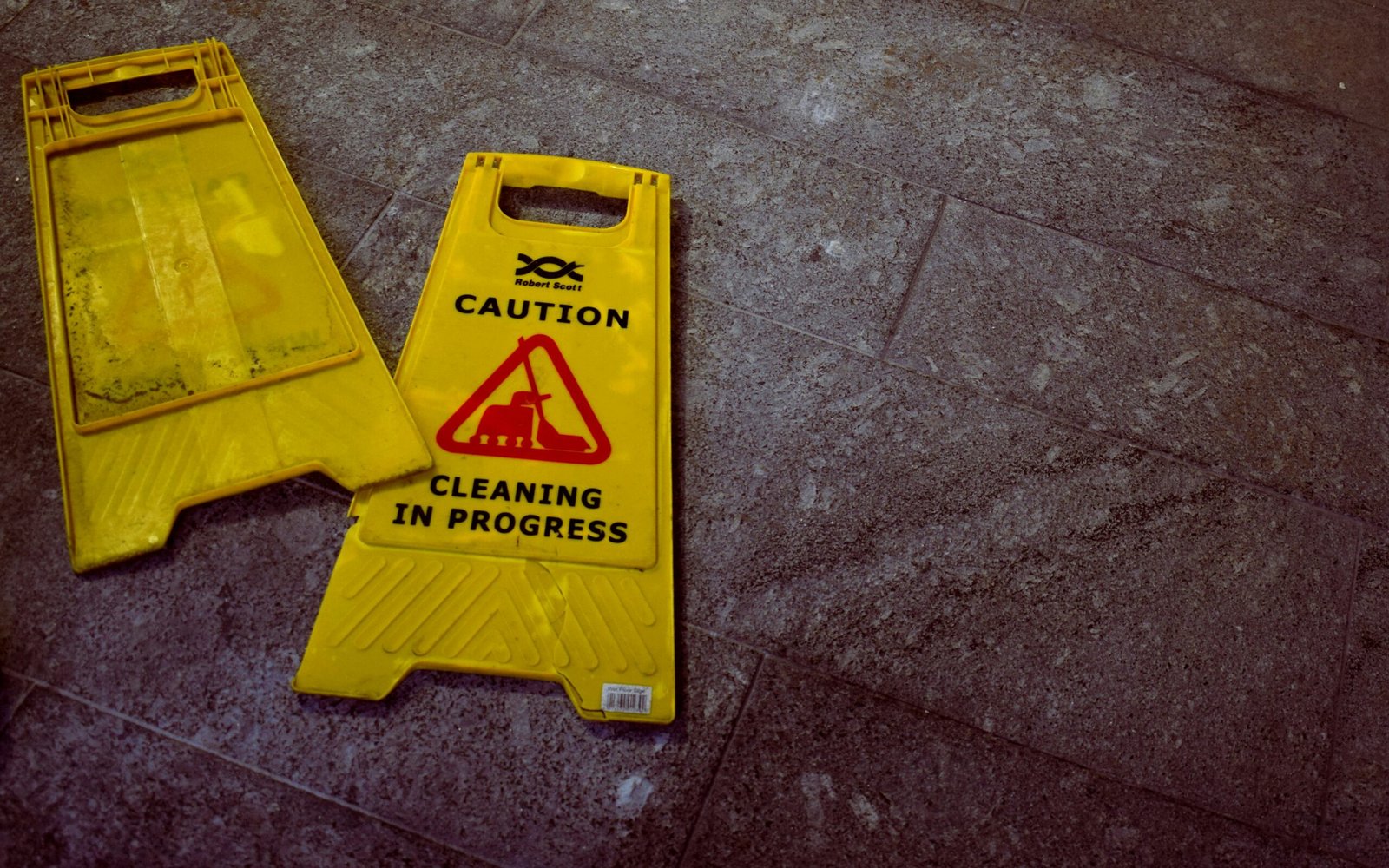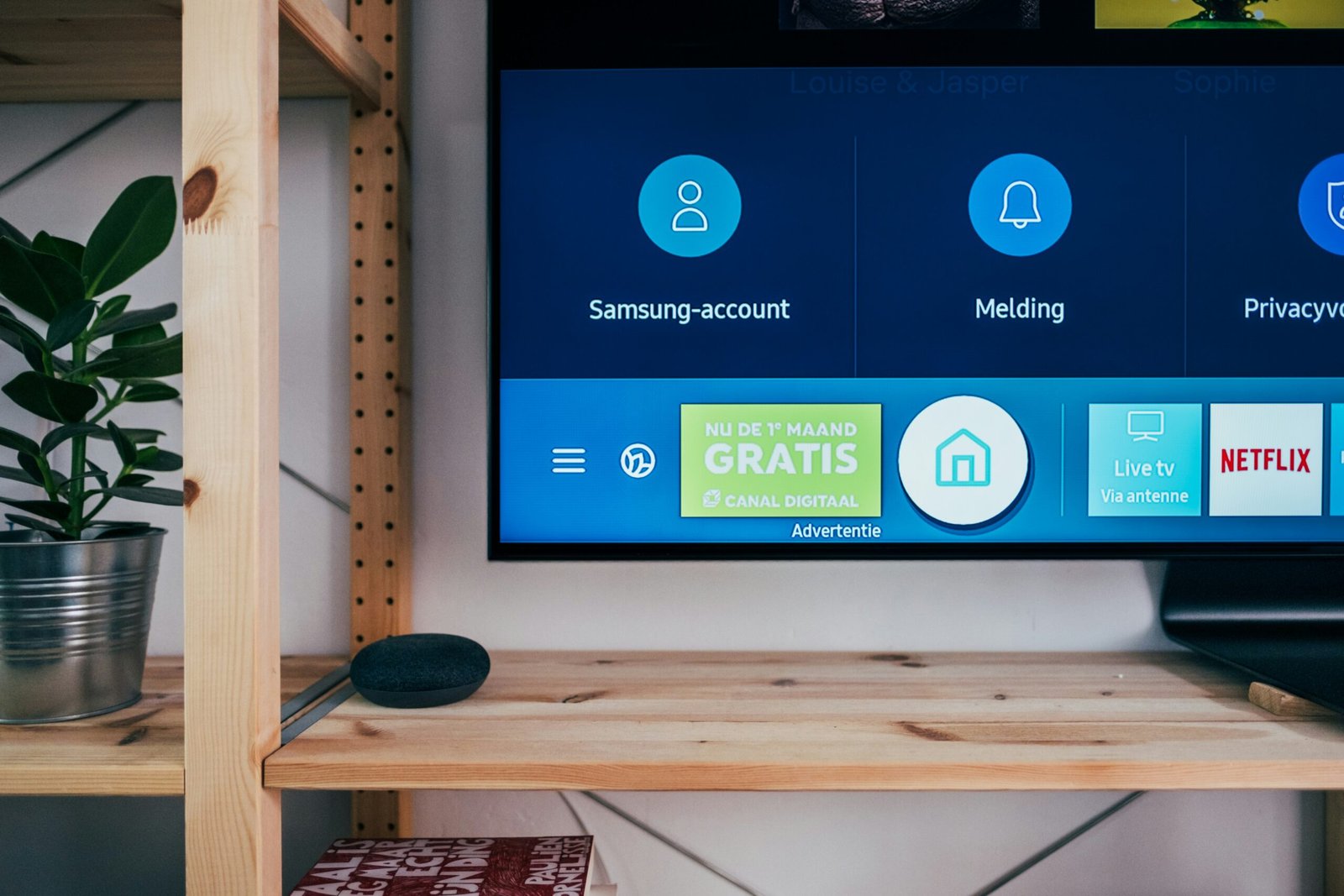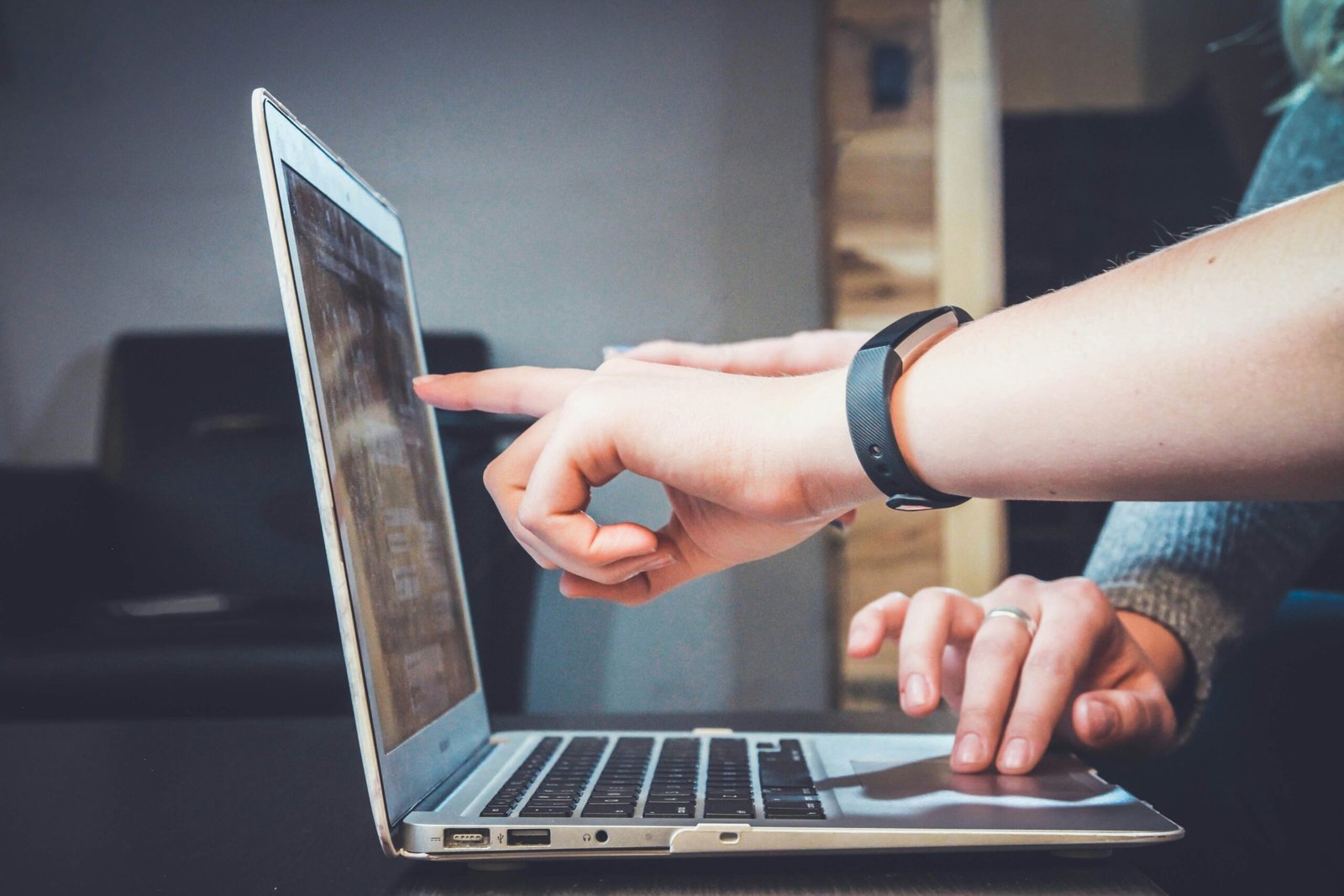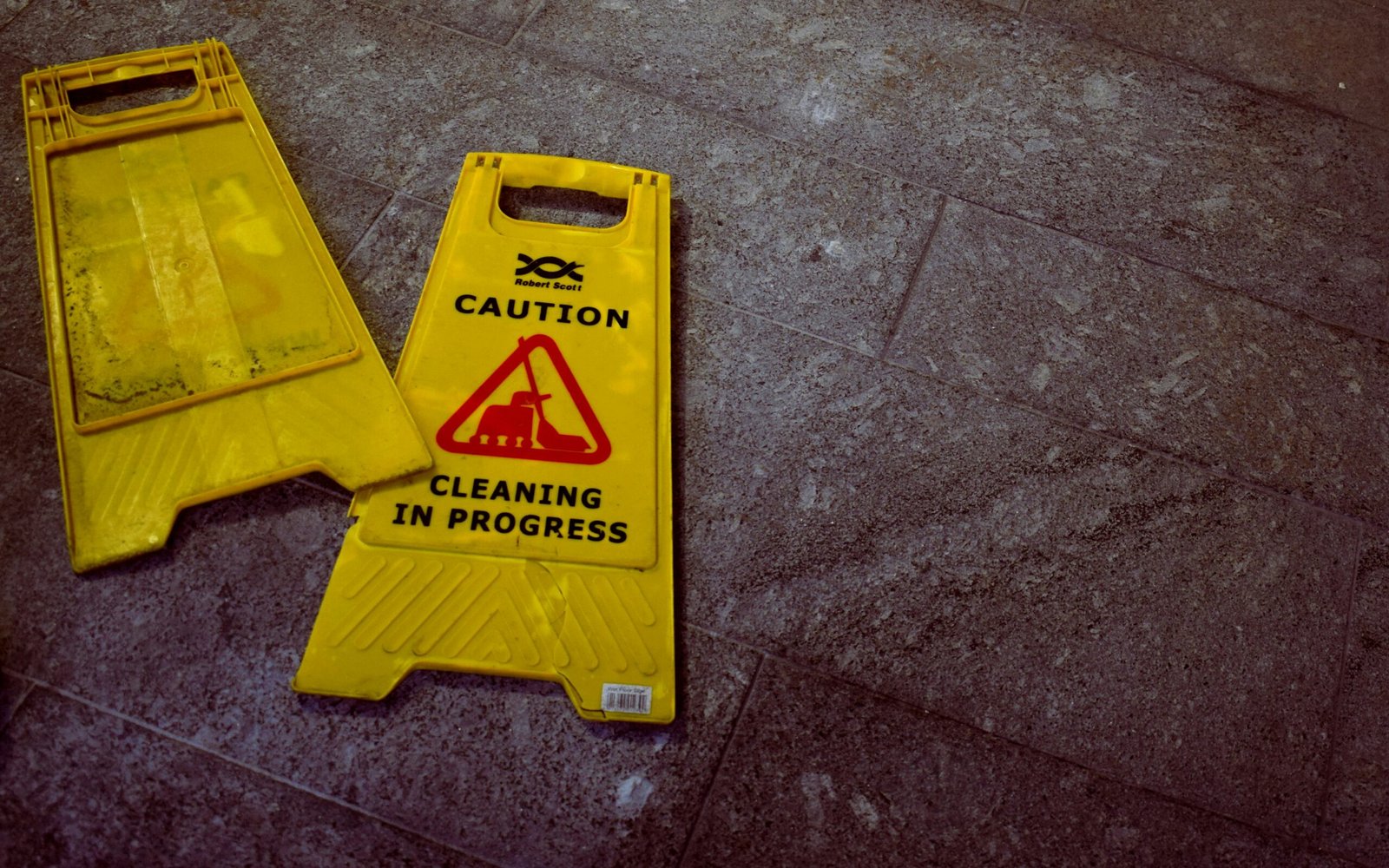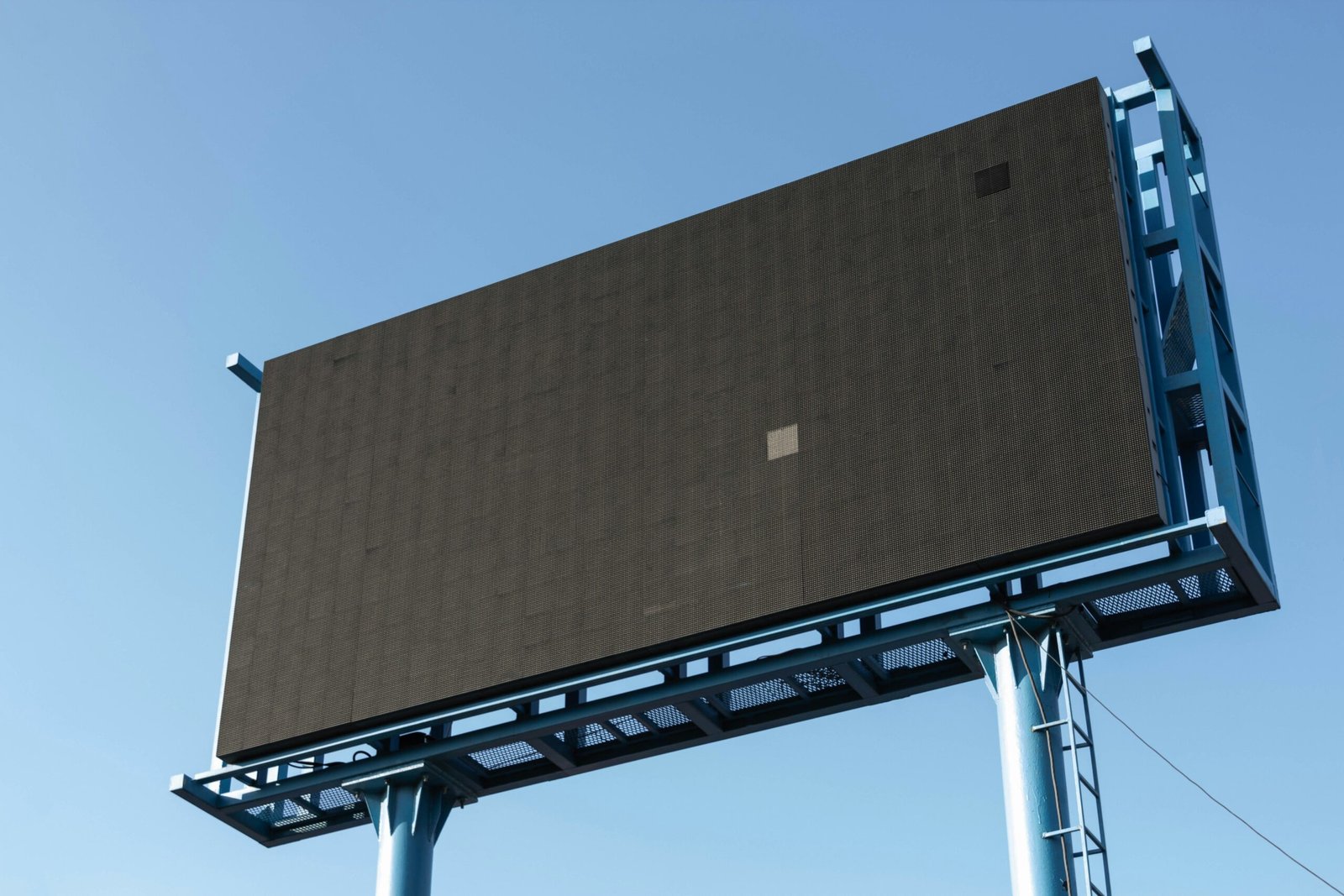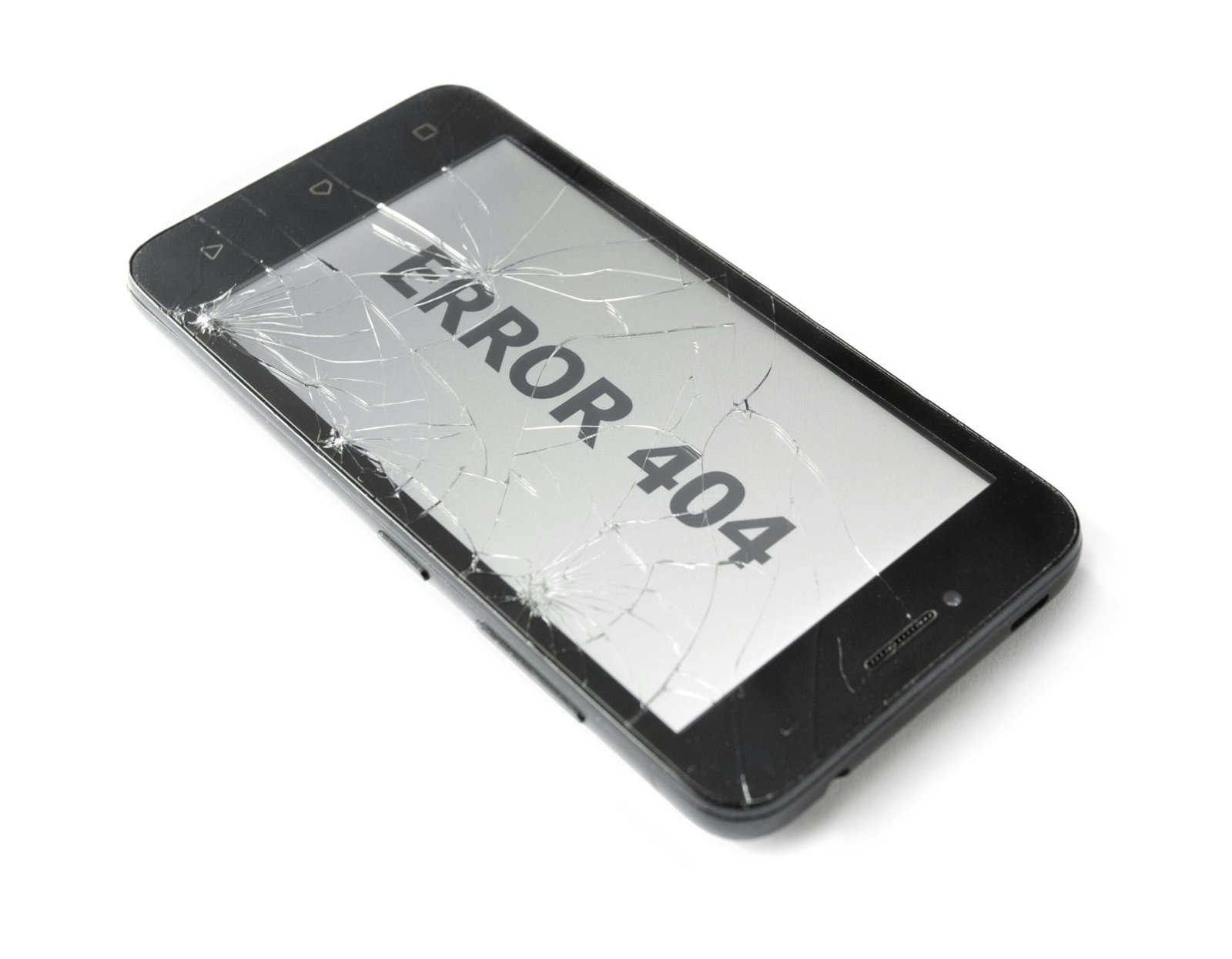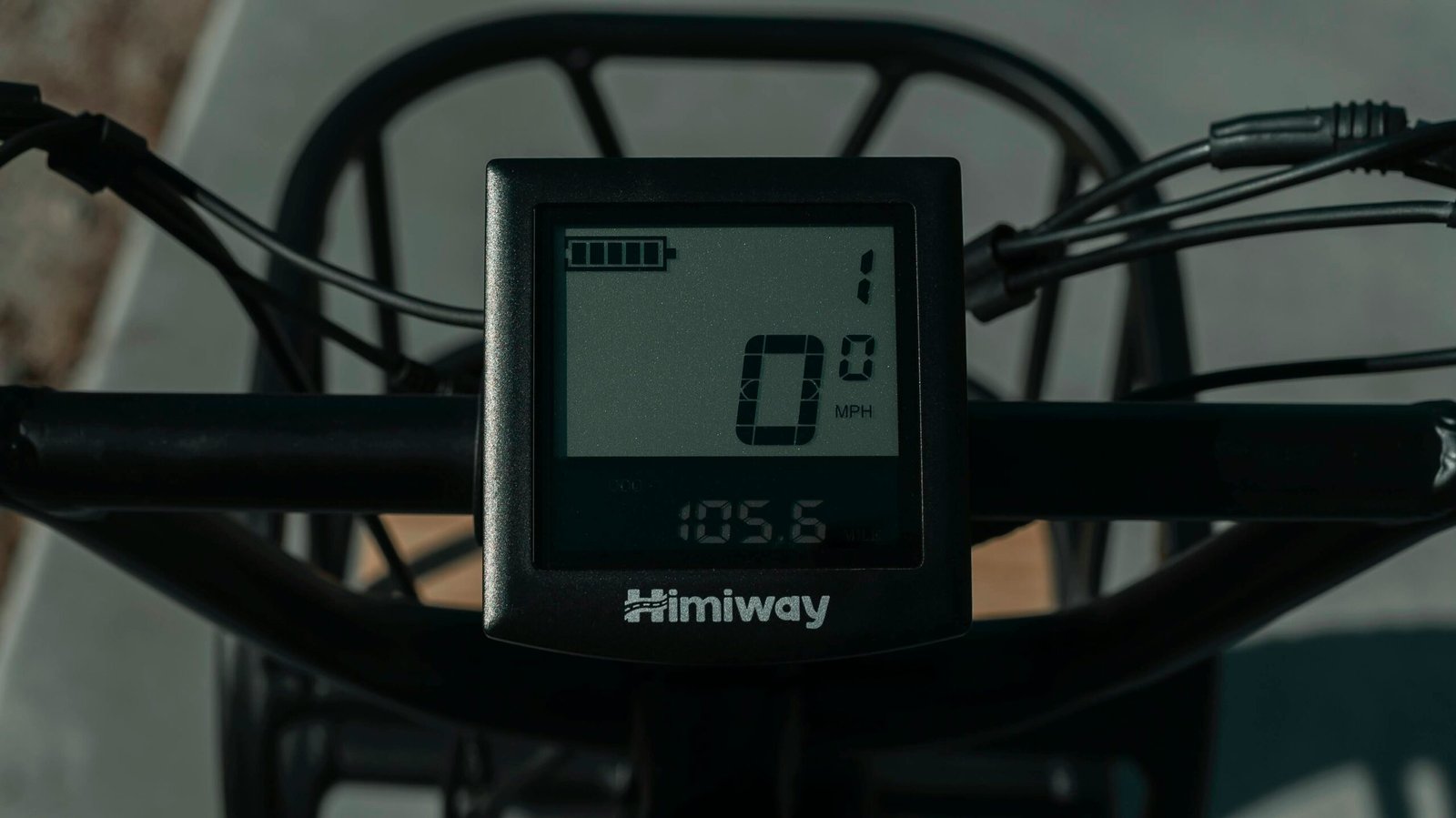The Best Homemade LCD Screen Cleaner: Ingredients and Tips for Sparkling Results
Introduction to LCD Screen Cleaning
In today’s digitally-driven world, LCD screens have become an integral part of our daily lives. From smartphones and tablets to laptops and televisions, these screens are essential for work, entertainment, and communication. Nevertheless, the importance of keeping these screens clean is often underestimated. Regular cleaning not only enhances the clarity and brightness of the display but also extends the lifespan of the device.
Many users might resort to commercial cleaners to maintain their screens. However, these products often contain harsh chemicals that can pose significant risks to the delicate surfaces of LCD screens. Substances such as ammonia or alcohol may seem effective initially, but over time, they can lead to discoloration, scratches, or even irreparable damage. Therefore, understanding the appropriate methods and materials for cleaning is crucial for preserving both the functionality and aesthetic appeal of your devices.
A homemade LCD screen cleaner offers an excellent alternative, presenting a safer and more cost-effective solution. By using readily available and gentle ingredients, one can create an effective cleaner that maintains the screen’s integrity. Not only does this approach safeguard against the potential harm of commercial products, but it also aligns with a more environmentally friendly and sustainable lifestyle. This blog post will guide you through the essential ingredients and best practices for achieving sparkling results with homemade solutions.
Essential Ingredients for a Homemade LCD Screen Cleaner
Creating an efficient and safe homemade LCD screen cleaner requires careful selection of ingredients. The primary components commonly used are distilled water, isopropyl alcohol, and white vinegar. Each of these ingredients offers specific properties that ensure a clean, streak-free screen without causing any damage.
First, distilled water is a crucial ingredient due to its purity. Unlike tap water, distilled water is free from minerals and impurities that can leave residue on your screen. It acts as a base that dilutes other ingredients, reducing their potential harmful effects.
Next, isopropyl alcohol, specifically in concentrations of 70% or less, is essential for dissolving oils and disinfecting the surface. It evaporates quickly, minimizing the risk of moisture damage. However, it’s vital to avoid higher concentrations as they can strip essential coatings from the screen.
White vinegar is another effective ingredient due to its natural cleaning properties. It helps to cut through grime and fingerprints, leaving the screen clean and shiny. When combined in proper proportions with distilled water and isopropyl alcohol, it amplifies the cleaning efficacy without being abrasive.
For a balanced homemade mixture, a basic recipe includes mixing equal parts of distilled water and isopropyl alcohol, along with a small amount of white vinegar – usually one part vinegar to two parts of the water-alcohol mixture. This ensures a gentle yet thorough clean.
It is also important to ensure the quality of these ingredients. Purchasing distilled water, isopropyl alcohol, and white vinegar from reputable sources guarantees their effectiveness and safety. Avoid using tap water, ammonia-based cleaners, or abrasive chemicals, as these can damage the sensitive surface of your LCD screen.
By understanding and utilizing these key ingredients, you can formulate a homemade LCD screen cleaner that is both safe and highly effective, ensuring your screens remain clear and functional.
Step-by-Step Guide to Making and Using Your Cleaner
Creating your own homemade LCD screen cleaner is a straightforward process that requires careful attention to detail to ensure both efficacy and safety. Follow these steps to mix and apply the cleaner correctly.
Ingredients:
You will need the following ingredients:
- Distilled water: 1 cup
- Isopropyl alcohol (70%): 1 cup
These ingredients provide a balance that is safe for most LCD screens.
Preparation:
1. Mix the ingredients: In a clean spray bottle, combine 1 cup of distilled water with 1 cup of isopropyl alcohol. Shake well to ensure the ingredients are thoroughly mixed.
Application:
2. Turn off and unplug the screen: Always ensure your LCD screen is turned off and unplugged before cleaning to avoid any potential damage or electric shock.
3. Lightly spray the cleaner: Spray the mixed solution onto a soft microfiber cloth. Avoid spraying directly onto the screen to prevent excess liquid from seeping into the edges of the display.
4. Wipe gently: Using the damp microfiber cloth, gently wipe the screen in a circular motion. Apply minimal pressure to avoid damaging the delicate surface of the LCD display. Begin at the top and move downwards to systematically cover the entire screen.
5. Dry with a dry microfiber cloth: Once you have cleaned the screen, use a separate, dry microfiber cloth to remove any remaining moisture. This step helps to prevent streaks and ensures a sparkling finish.
6. Inspect the screen: Finally, examine your screen for any leftover smudges or streaks. If necessary, repeat the cleaning process with a clean section of the cloth.
By following these detailed steps, you can effectively and safely clean your LCD screen, ensuring a clear and vibrant display.
Additional Tips and Warnings for LCD Screen Care
Maintaining your LCD screen in optimal condition requires more than just using the best homemade cleaner; it also necessitates consistent practices and understanding potential pitfalls. Here are some key tips and warnings to ensure your screen remains spotless and functional.
Firstly, it is crucial to determine an appropriate cleaning frequency. While daily cleaning isn’t necessary, a weekly or bi-weekly routine is recommended for high-use screens. For screens with light usage, monthly cleaning suffices. This routine prevents the buildup of dust and grime, keeping your screen clear and vibrant.
When it comes to the storage of your homemade LCD screen cleaner, always keep it in a cool, dry place away from direct sunlight. A tightly sealed container will prevent evaporation and contamination, ensuring the efficacy of your solution over time.
Avoid using excessive moisture during the cleaning process. Dampen your microfiber cloth lightly rather than soaking it. Excessive liquid can seep into the edges of the screen, potentially damaging internal components. Always power off and unplug the screen before cleaning to prevent any electrical hazards.
It’s also important to stay away from abrasive materials. Microfiber cloths are ideal because they are gentle yet effective. Refrain from using paper towels, tissues, or rough fabrics as these can scratch the surface of the screen.
If you encounter stubborn spots or streaks, do not apply excessive pressure. Instead, reapply a small amount of the cleaner and use circular motions to gently lift the residue. Consistent, gentle cleaning is key to avoiding damage and maintaining clarity.
Finally, always be aware of the importance of gentle yet regular cleaning routines. Hasty, rough methods or overlooking cleaning altogether can lead to issues over time. Employing these best practices will contribute to a longer lifespan for your LCD screen, ensuring it remains pristine and fully functional.

